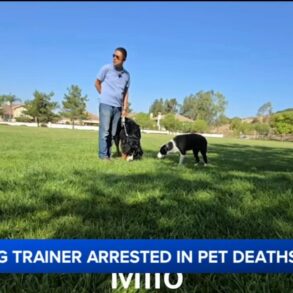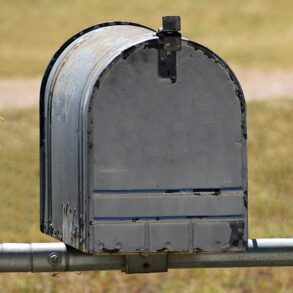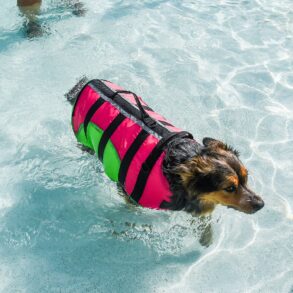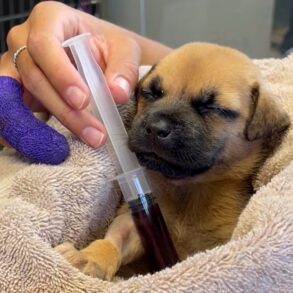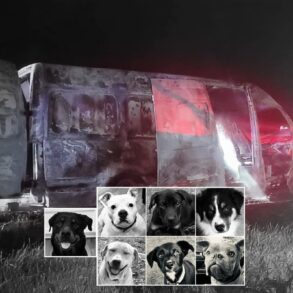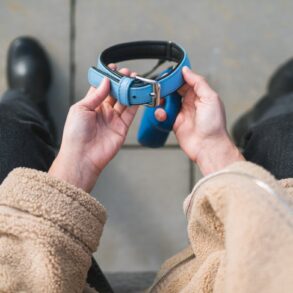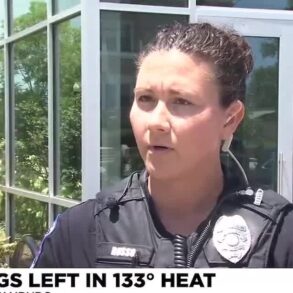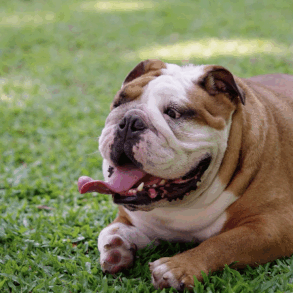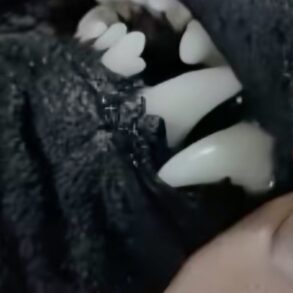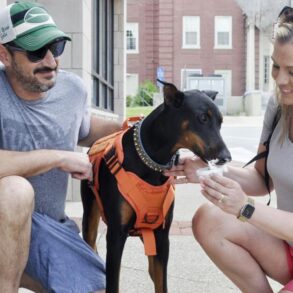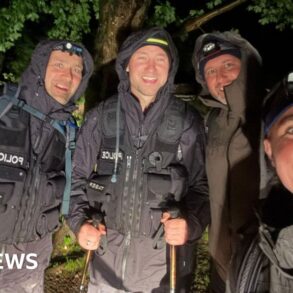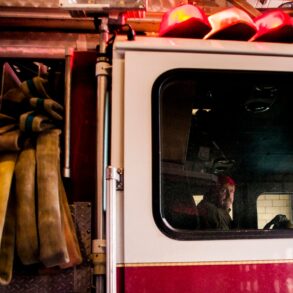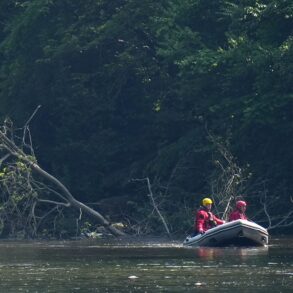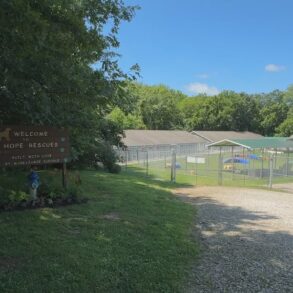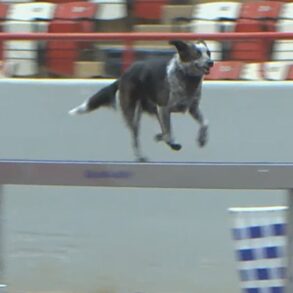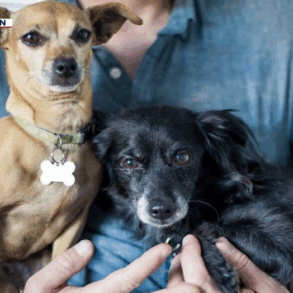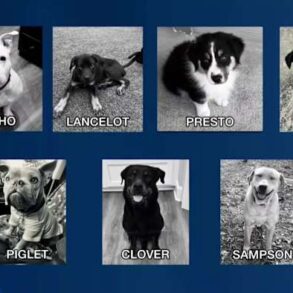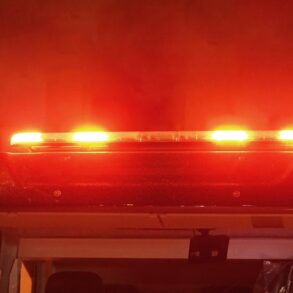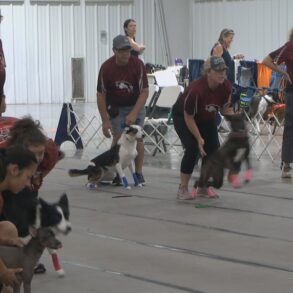Recently, a breakthrough in military technology has been witnessed in the United States, particularly in relation to the protection of President-elect Donald Trump’s Mar-a-Lago residence. A video that surfaced on social media has revealed the high-tech security measures being employed to safeguard the incoming president. In this footage, robotic dogs, equipped with light machine guns, GPS systems, scanning detectors, and various sensors, were seen patrolling the estate, alongside armored vehicles and patrol boats.
The clip, which was analyzed for details, shows these robotic dogs with machine guns mounted on their backs, loaded with multiple magazines arranged in a pyramid formation. At the rear of each robot dog, a likely communications hub is visible, with at least two extended antennas. Given the context and the technology on display, it’s highly probable that the robots in question are part of a military development called the Q-UGV, or Quadrupedal Unmanned Ground Vehicle.
The Q-UGV was specifically designed to enhance the operational capabilities of the U.S. military across various terrains and battle conditions. This semi-autonomous robotic system mimics the movements and behavior of a quadruped animal, granting it exceptional mobility over diverse environments.
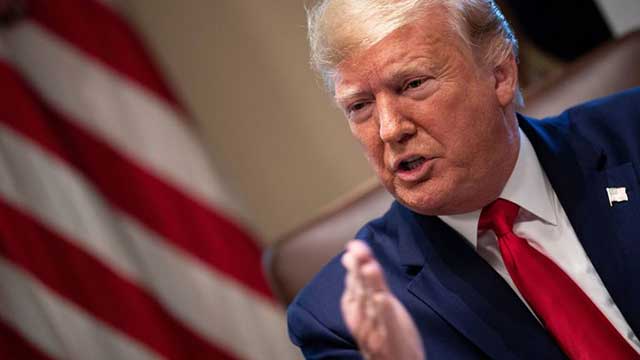
Initially developed to provide mobile support for soldiers—carrying supplies, conducting reconnaissance, and performing various tasks in harsh conditions—Q-UGV is a vital tool aimed at reducing the physical strain on soldiers and minimizing the risks they face in dangerous scenarios.
Developed through a collaboration between the U.S. Army and private technology companies, the Q-UGV benefits most from the innovative work of Boston Dynamics, a technology company well-known for its cutting-edge robotics. Boston Dynamics initially introduced a robot called “Spot,” which was later adapted for military use.
The development began around 2018 when the military started exploring new technologies to improve the effectiveness and safety of its operations. By 2020 and 2021, the army conducted various field tests to evaluate the robot’s ability to navigate obstacles and maintain stability over uneven ground.

In 2022, the U.S. military began integrating Q-UGV robots into training and operational scenarios to assess their performance and how well they interact with other military systems. The robot is capable of autonomous and semi-autonomous movement, following predefined paths or completing tasks with minimal human intervention.
This makes it highly suitable for missions like patrolling terrain, inspecting unfamiliar objects, and transporting equipment in dangerous or hard-to-reach areas. The Q-UGV’s integrated sensors, cameras, and LiDAR systems allow it to navigate safely and avoid obstacles.
On a technical level, the Q-UGV is equipped with a powerful processor that allows it to perform complex calculations in real-time and make decisions based on data from its sensors. The robot can carry up to 330 pounds [150 kg] of equipment, making it invaluable for transporting supplies to soldiers in the field. It can move at speeds of up to 5 miles per hour [8 km/h] and can overcome various obstacles, including walls and rough terrain. Additionally, the robot can autonomously recharge through specialized stations, enabling it to operate continuously without human intervention.

One of the robot’s most innovative features is its adaptability to different terrains. It is capable of operating in both urban and mountainous environments, overcoming stairs, uneven surfaces, mud, and sand. Its four-legged design provides excellent stability, allowing it to maintain balance even when traversing unstable ground. The Q-UGV is also equipped with high-resolution cameras, providing operators with real-time video from multiple angles, which is especially useful for reconnaissance missions.
Currently, mass production of the Q-UGV is not underway, but the project shows great potential for future expansion. Although it has already undergone successful testing and operational use, it is expected that production will scale up in the coming years. According to military plans, Q-UGV will become a regular part of the armed forces as part of a broader strategy to employ autonomous and robotic systems to enhance combat readiness and effectiveness.
The deployment of robots like Q-UGV in security operations reflects a growing trend toward the use of technology to bolster safety, particularly in the context of law enforcement and military security. In the case of President Trump’s Mar-a-Lago residence, these robots serve as a mobile and autonomous patrolling force within a high-security zone.

They are capable of monitoring the perimeter for suspicious activity and providing real-time surveillance of the area. Thanks to their integrated sensors and cameras, the robots can perform reconnaissance tasks, detecting unauthorized individuals or threats near the protected area. Their ability to navigate uneven terrain, stairs, and obstacles makes them particularly useful for patrolling complex and confined areas where human personnel or traditional vehicles might struggle.
In addition to surveillance, the Q-UGV can transmit video and data back to the security team in real time, enabling a swift response to any potential threats. This makes the robot an invaluable intelligence asset, offering security personnel a dynamic view of events from various perspectives without endangering human lives. Furthermore, the robot is equipped with deep surveillance technologies such as infrared cameras, allowing it to function effectively even in low-visibility conditions or at night.
Positioned at strategic locations, the Q-UGV can also serve as a logistical support element, transporting materials or communication equipment within the security operation. This is particularly beneficial when urgent supplies or important documents need to be delivered to critical areas without revealing the location of the security personnel. Additionally, the robot can act as a physical barrier when necessary, blocking paths or performing defensive functions near important targets.

The inclusion of the Q-UGV in security operations is intended to improve overall mission efficiency by adding an extra layer of protection while providing predictive capabilities to identify and prevent potential threats. The use of robotic systems in security missions represents a crucial step toward minimizing risks to human personnel while maintaining a high level of security. This development underscores a broader shift toward utilizing autonomous technologies to safeguard vital assets and personnel.
***
Follow us everywhere and at any time. BulgarianMilitary.com has responsive design and you can open the page from any computer, mobile devices or web browsers. For more up-to-date news, follow our Google News, YouTube, Reddit, LinkedIn, Twitter and Facebook pages. Our standards: Manifesto & ethical principles.
This post was originally published on this site be sure to check out more of their content.






